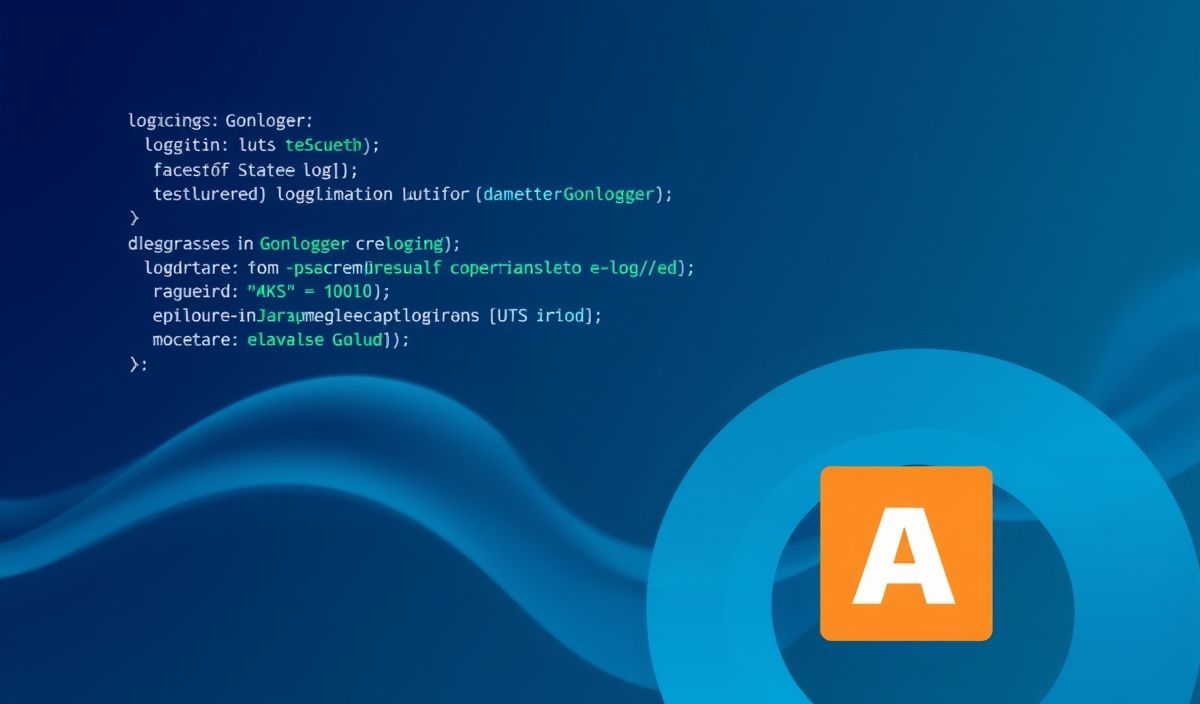Introduction to MACE
MACE (Mobile AI Compute Engine) is a lightweight, performant, cross-platform, neural network inference engine optimized for both mobile and server environments. It’s designed to maximize the efficiency and effectiveness of machine learning model deployment across multiple devices
Getting Started with MACE: Key APIs and Usage Examples
Importing MACE
import mace
Defining the Model Path
config = mace.MaceConfig(mace.MaceValidator.MODEL_TYPE_TFLITE, 'model.tflite')
Setting Up a MACE Model
model = mace.MaceEngine(config)
Preparing Input/Output Information
input_name = 'input_node'
output_name = 'output_node'
input_data = np.random.rand(1, 224, 224, 3)
Running Inference
output_data = model.run(input_name, input_data, output_name)
Configuring Performance Optimizations
opts = mace.MaceEngineOpts()
opts.set_cpu_thread_affinity('1,2')
Error Handling
try:
model.run(input_name, input_data, output_name)
except mace.MaceRuntimeError as e:
print("Runtime error:", e)
except mace.MaceConfigError as e:
print("Config error:", e)
App Example Using MACE
Let’s take a look at a simple image classification app utilizing MACE APIs.
Complete Code
import numpy as np
import mace
# Define model path and configurations
config = mace.MaceConfig(mace.MaceValidator.MODEL_TYPE_TFLITE, 'model.tflite')
# Set up MACE model
model = mace.MaceEngine(config)
# Prepare input/output information
input_name = 'input_node'
output_name = 'output_node'
input_data = np.random.rand(1, 224, 224, 3)
# Run inference
try:
output_data = model.run(input_name, input_data, output_name)
print("Inference successful, output data:", output_data)
except Exception as e:
print("Inference failed:", str(e))
This example showcases how MACE can be effectively used to perform inference tasks in a lightweight and efficient manner, making it a valuable tool for ML developers.
Hash: 20613c35da218fd86e0f18d6b736cbc2b2b037ed4acfd37e1517cd0983118b85




